Range Hood (Zephr Typhoon Under Cabinet) - Ducting & Noise
kazu1234
3 years ago
Featured Answer
Sort by:Oldest
Comments (17)
kazu1234
3 years agoRelated Professionals
Berkeley Heights Cabinets & Cabinetry · Palos Verdes Estates Cabinets & Cabinetry · Plymouth Cabinets & Cabinetry · Jacinto City Interior Designers & Decorators · Wanaque Interior Designers & Decorators · Plainville Architects & Building Designers · Seal Beach Architects & Building Designers · Yeadon Architects & Building Designers · Simpsonville Furniture & Accessories · Banning General Contractors · Pinewood General Contractors · Pocatello General Contractors · Port Saint Lucie General Contractors · Las Vegas Kitchen & Bathroom Remodelers · Terrell Kitchen & Bathroom Remodelerskazu1234
3 years agokaseki
3 years agolast modified: 3 years agokazu1234
3 years agoRachel
2 years agokazu1234
2 years agolast modified: 2 years agokazu1234
last yearkaseki
last yearDecorate
last yearkaseki
last yearlast modified: last yearDecorate
last yearkaseki
last yearkazu1234
last yearluna123456
last yearlast modified: last yearkazu1234
last year
Related Stories
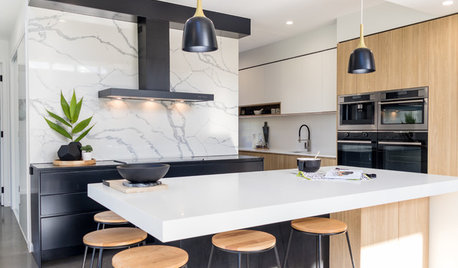
KITCHEN DESIGNHow to Get Your Range Hood Right
Get a handle on the technical specs, and then learn about fun design options for creating a beautiful kitchen feature
Full Story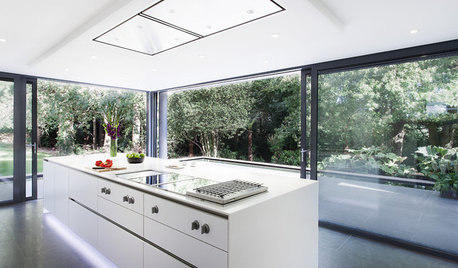
KITCHEN APPLIANCESDisappearing Range Hoods: A New Trend?
Concealed exhaust fans cut visual clutter in the kitchen
Full Story
KITCHEN APPLIANCESWhat to Consider When Adding a Range Hood
Get to know the types, styles and why you may want to skip a hood altogether
Full Story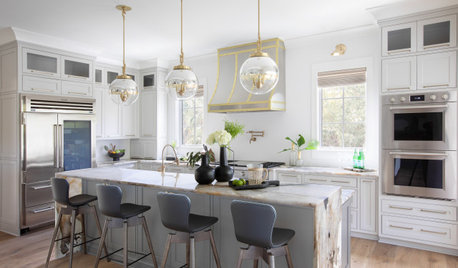
KITCHEN DESIGNDesigner Tips for Range Hoods, Appliances and Lighting
Learn how to get your microwave height just right, what kind of bar stool will be most comfortable and more
Full Story
KITCHEN DESIGNWhat to Know When Choosing a Range Hood
Find out the types of kitchen range hoods available and the options for customized units
Full Story
KITCHEN DESIGNHow to Choose the Right Hood Fan for Your Kitchen
Keep your kitchen clean and your home's air fresh by understanding all the options for ventilating via a hood fan
Full Story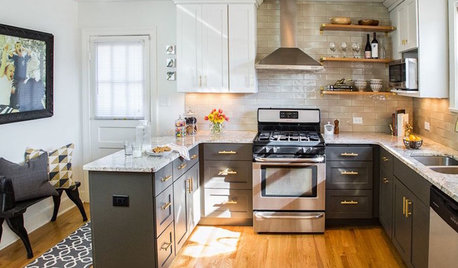
MOST POPULARBefore and After: 13 Dramatic Kitchen Transformations
See the wide range of ways in which homeowners are renovating their kitchens
Full Story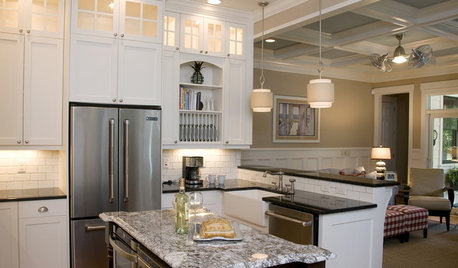
KITCHEN DESIGNStay Cool About Picking the Right Refrigerator
If all the options for refrigeration leave you hot under the collar, this guide to choosing a fridge and freezer will help you chill out
Full Story
KITCHEN DESIGNA Cook’s 6 Tips for Buying Kitchen Appliances
An avid home chef answers tricky questions about choosing the right oven, stovetop, vent hood and more
Full Story
KITCHEN APPLIANCESLove to Cook? You Need a Fan. Find the Right Kind for You
Don't send budget dollars up in smoke when you need new kitchen ventilation. Here are 9 top types to consider
Full Story







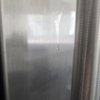
kaseki